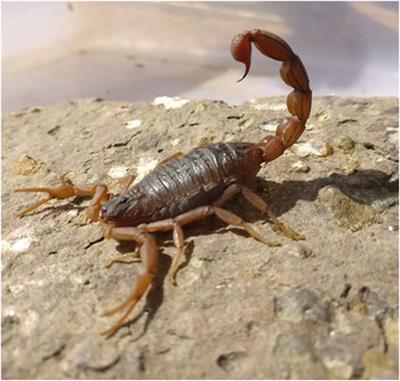Johnn
Arachnoknight
- Joined
- Aug 22, 2020
- Messages
- 225
I have several theories of why hottentotta tamulus is considered by many to be the most deadly scorpion in the world. I was just looking for input to see what others thought and if anyone could bring new information to the table. So anyways, h. tamulus has mortality rates ranging from 8 to nearly forty percent and averaged out to about 30 percent in the 60s and 70s before the invention of the blood pressure medication Prozasin. it seems its neurotoxin tamapin attacks mostly the respiratory system and the cardiovascular systems. so anyways, the first reason it's so deadly is that India has a very high child to adult ratio. secondly, it injects a large amount of venom (up to 1.5 mg compared to .5 mg for androctonus australis and mauretanicus). also, antivenom has little effect on h. tamulus envenomations which could possibly be an indicator that the human body isn't as well equipped to create antibodies to neutralize the venom? dunno about that one. i think they use horses to make antivenom but if an effective antivenom can't be created, maybe its an indication that a horse cant properly fight the venom off, wgich may mean a human couldnt either. also, the protein content in h. tamulus venom is a whopping 70 percent (compared to 14.8 percent with a. crassicauda). however i will say that these particular a. crassicauda had an ld50 of 1.7 mg/kg vs an ld50 of .4 mg/kg sc that has been recorded in others. so this might not be the best example of a. crassicauda protein contentthis is my theory of why the h. tamulus is so deadly despite it's ld50 being higher than a lot of other highly venomous scorpions (which doesnt necessarily predict how toxic it will be to human beings). if anyone has any more info or any other theories or info on h. tamulus's venom, please feel free to share. thank you



